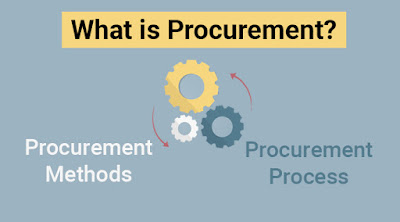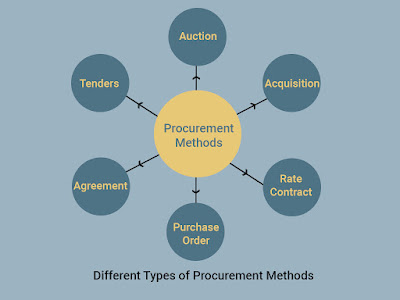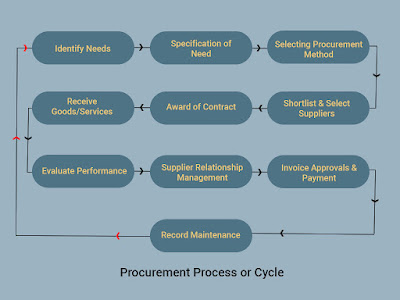A Government Mandate- “ Take measures to increase the accessibility of the procurement system”
“Conclusively determining whether there are any qualified Aboriginal suppliers”!
According to this notice, someone somewhere, in offices all across the country, a single person is making very important decisions! That’s a lot of pressure when you consider it’s a multi-billion-dollar file!
We, (ITFC), are taking measures to increase the accessibility of procurement, establishing partnerships, demonstrating enhanced capacity, establishing a new capability, providing incredible value propositions and engaging the Indigenous community in a way that PSAB was mandated to do!
Why are bringing to light an intersect within the value chain you should know about!
Along the supply chain, there are multiple intersects where millions of dollars of procurement, (tender opportunities), that are disguised as “request for quotes, expressions of interest, invitations to bid”! Often referred to as “the hidden-tiers” within the process, is the procurement that most businesses do not hear about!
Understanding, regardless of the nature of the project, how money flows to finance projects within Indigenous communities across Canada. Our knowledge will enhance your understanding of why we are promoting an enhanced engagement with Indigenous communities!
The check box mentality! (Have three small checkboxes with a checkmark in each)
Indigenous leaders are moving away from an old practice where they were forced to get three quotes just so that their funding gets released on time. Indigenous leaders are recognizing the purchasing power they have and demand value for their dollars Technology, like ours, is opening new doors, establishing new partnerships and enabling Indigenous communities to do more with less!
Introducing Voluntary Set-Asides! Now it gets interesting!
Imagine procurement officers NOW have a capability to identify procurement as a voluntary set aside! WOW!
In fact, it’s true if capacity exists and all the factors are there to “conclusively” determine where operational requirements, the best value, prudence and probity, and sound contracting management can be assured.” The procurement officer/contracting authority can recommend the procurement as a voluntary set-aside to further the objectives of the Procurement Policy!
So, in our “reengineering” approach we do not want to wait for the procurement officer/contracting authority to look for, as it states in the Contracting notice….
“……..by means of appropriate advertising either in the Government Business Opportunities publication or by the electronic bidding methodology…”
We believe we can identify, prepare and inform the procurement officer/contracting authority well in advance of planned projects, establishing a strategic position for our membership!
Just so you know this is what the Contracting Policy Notice’s states
Section 2.6.1: ” The PSAB requires all contracting authorities, where the procurement is valued in excess of $5,000, and is destined primarily for Aboriginal populations as defined in TBS Contracting Policy Notice 1996-2, to restrict the procurement exclusively to qualified Aboriginal suppliers where operational requirements, best value, prudence and probity, and sound contracting management can be assured.”
Section 2.6.2: “Given the significance of the Aboriginal population set-aside to the PSAB, departments and agencies should always, as an initial step in any procurement destined primarily for Aboriginal populations, set aside the procurement in order to conclusively determine whether there are any qualified Aboriginal suppliers. This can be done by means of appropriate advertising either in the Government Business Opportunities publication or by the electronic bidding methodology, as necessary. Only if this first step fails to identify qualified Aboriginal suppliers, should the procurement be then opened up to a larger market?”
Consider The Possibilities
When you become a member of our network, we will work diligently in identifying opportunities for you, not just procurement opportunities but potential partnerships where your core product/service will complement that of one or more Indigenous communities where the partnership is mutually beneficial!
Accept our offer and join this incredible network today






